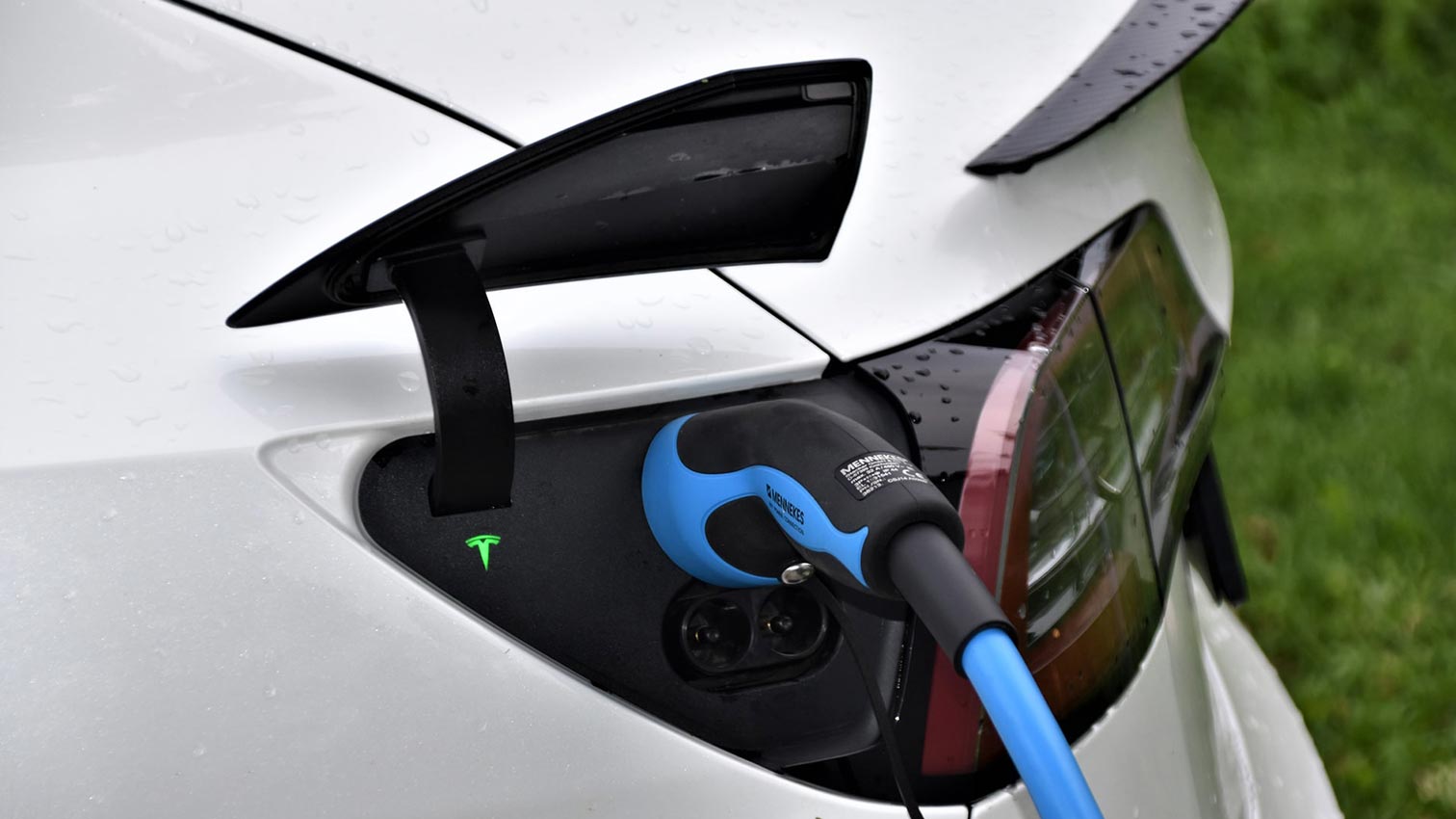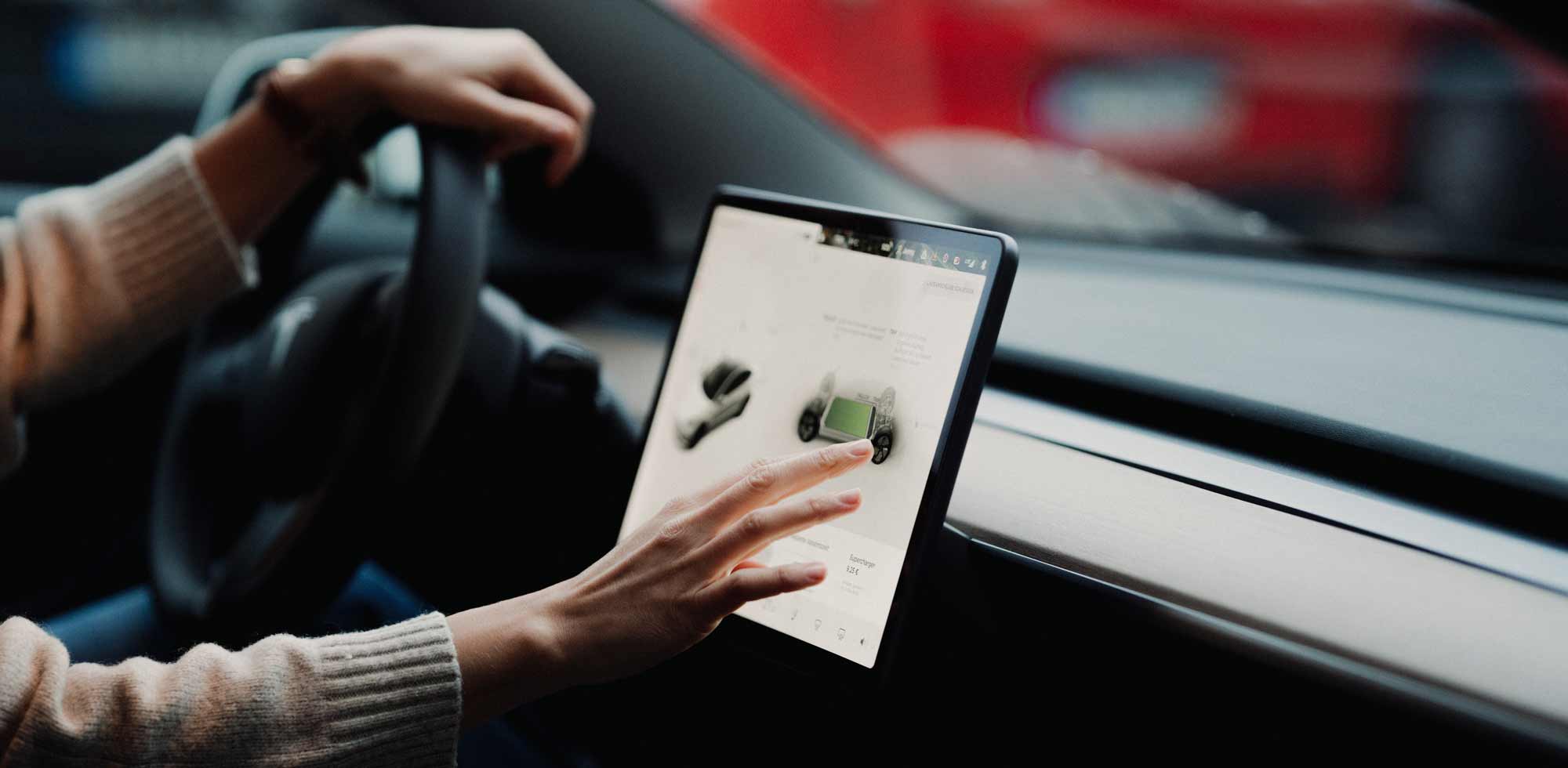As with any computer system, errors can also occur in a Tesla or the system can "hang up". In this case, a simple "switch off and on" can help.
Here we explain how soft and hard reboots work in the Tesla.
Tesla: Soft reboot
The soft reboot restarts certain software systems and can sometimes even be carried out while driving. If only the screen needs to be restarted (e.g. because it is frozen), it is sufficient to press the two scroll wheels on the steering wheel until the screen goes black. It should then restart.
If this does not help, you can hold down the brake, the scroll wheels and the two buttons above them until the display goes off and on again.
A third option is to shut down the system in the settings (via Security -> Power off). In this case, you should wait a few minutes before triggering the restart by stepping on the brake.
Important: The last two methods only work in the park position and with the doors closed.
Tesla: Hard Reboot
If this still does not help, there is still the hard reboot, i.e. briefly disconnecting the 12 V battery. This is similar to removing the battery from a smartphone and causes ALL components to actually restart. However, a hard reboot can be very dangerous due to the high-voltage system of an electric car. Professional help is therefore recommended.
If you still want to do it yourself, locate the battery, disconnect it from the system and reconnect it after two to three minutes. If you want to do it yourself, you should have a certain amount of previous experience and prepare thoroughly.




